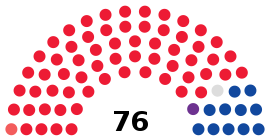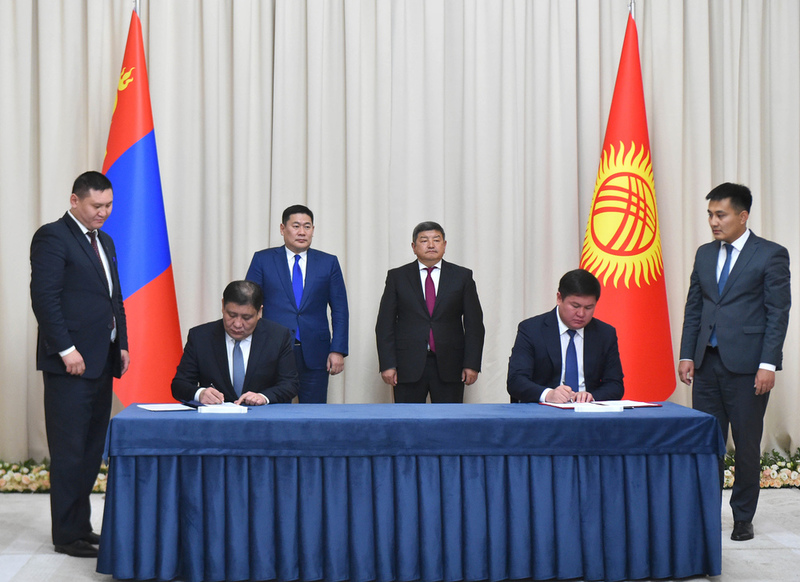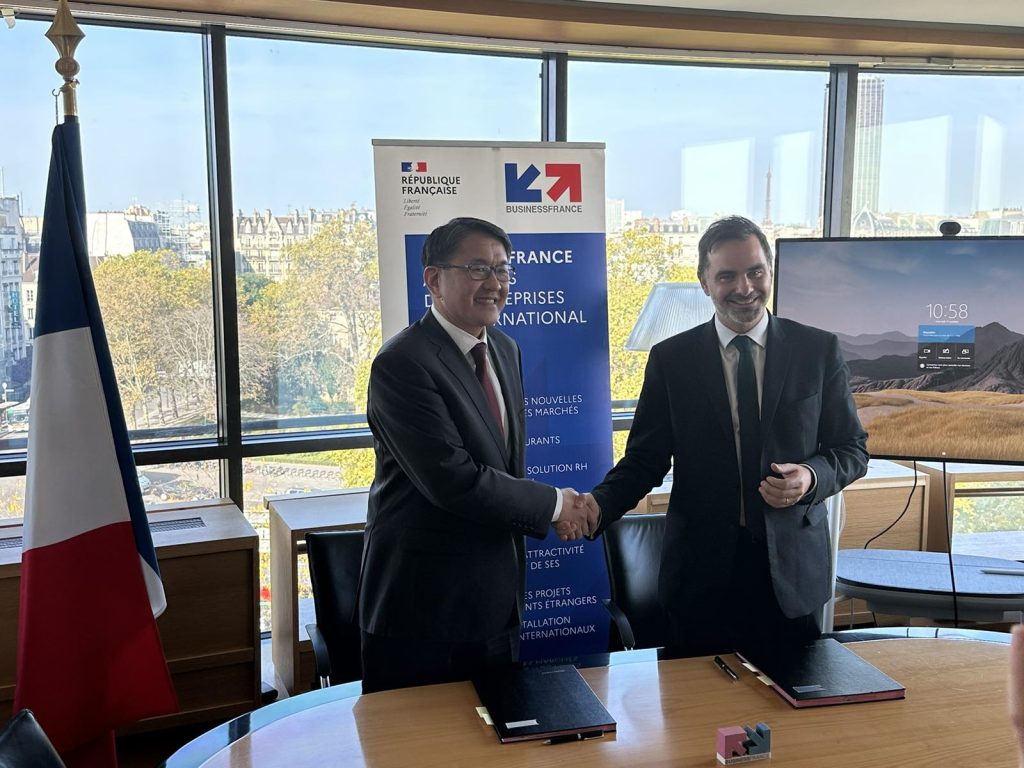History
The concept of the Mongolian state was founded by Genghis Khan (Chinggis Khaan) when he unified disparate nomadic tribes in 1206. By the time he died, the Mongol Empire stretched from Manchuria to the Caspian Sea. His descendants continued to rule the empire and extended the territory to create the largest land empire ever to exist. Gradually this fragmented until in the seventeenth century, the power of the Mongolian kings was weakened and became vulnerable to invasion. In 1636, Inner Mongolia came under the power of the Qing (Manchu’s), followed by Outer Mongolia in 1691.
When China was experiencing political turmoil in the early twentieth century, Mongolian nationalists took the opportunity to ally themselves with the Soviet Union. In 1924, Outer Mongolia formally announced full independence as the Mongolian People’s Republic (MPR), the world’s second Communist state. The MPR was effectively a client state of the Soviet Union, which heavily influenced internal politics. This included negative impacts such as religious purges in the 1930s and forced collectivization. However, with investment from the Soviet Union, significant infrastructure was put in place and levels of education, healthcare and the economic growth improved. Inner Mongolia remains a province of China today.
Mongolia underwent a peaceful transition to democracy, electing the first democratic parliament members in July 1990. The new constitution was established in 1992 and the first president elected in 1993.
Population, language and religion
The National Statistical Office has reported that Mongolia’s total population reached 3,278,290 people at the mid of 2020. 43% of the population lives in Ulaanbaatar. The rest of the population lives in smaller towns and villages or are nomadic/semi-nomadic. Mongolians belong predominantly to the Khalkh ethnic group (eighty to 82% of the population, 2010 est.) and there is a significant Kazakh minority of approximately 3.8% of the population, with a very distinct language and culture. The remaining ethnic groups are mostly quite closely related to the Khalkh.
The official language of Mongolia and first language of the vast majority of Mongolian nationals is Khalkh Mongolian (written in the Russian Cyrillic alphabet). However there are other languages and dialects spoken by minority groups, most notably in the province of Bayan-Ulgii, where the Kazakhs are in the majority, and Tuvans also form a significant group. During the socialist period, the first foreign language taught was Russian. However, English is now widely taught and often a requirement to work for international companies. Chinese, Korean, Japanese and German are also popular languages. It should be noted that Mongolians rarely use their family names, identifying themselves instead by a given name and a patronymic.
In Mongolian, the patronymic precedes the given name and is often shown only as an initial – thus Batbold’s son Tumur would be called Batboldin Tumur or B. Tumur. However, many Mongolians working in international environments now put their given name first on English language business cards (i.e. Tumur Batbold). The convention is identical for men and women, and women do not change their names on marriage. Shamanism is the oldest religious tradition in Mongolia and was replaced by Buddhism from the sixteenth century onwards. Under Communism, all religion was suppressed and most temples and monasteries were destroyed. The majority of the population now identifies as Buddhist, with small Shamanist, Christian and Muslim minorities.
 Mongolians elected 76 members of parliament on June 24, 2020. The governing Mongolian People’s Party (MPP) won another resounding victory with 62 seats (slightly down from 65 won in 2016). While the MPP has only lost three seats, the 62 seats it does hold are a supermajority by any definition in a parliament of 76. The other seats were won by the opposition Democratic Party (DP – 11 seats), the Mongolian People’s Revolutionary Party (MPRP, as part of the Your Coalition – one seat), and the National Labor Party (KhUN, as part of “Right Person Elektorat” coalition – one seat), with the remaining seat going to former Prime Minister N. Altahnkhuyag, who campaigned as an independent.
Mongolians elected 76 members of parliament on June 24, 2020. The governing Mongolian People’s Party (MPP) won another resounding victory with 62 seats (slightly down from 65 won in 2016). While the MPP has only lost three seats, the 62 seats it does hold are a supermajority by any definition in a parliament of 76. The other seats were won by the opposition Democratic Party (DP – 11 seats), the Mongolian People’s Revolutionary Party (MPRP, as part of the Your Coalition – one seat), and the National Labor Party (KhUN, as part of “Right Person Elektorat” coalition – one seat), with the remaining seat going to former Prime Minister N. Altahnkhuyag, who campaigned as an independent.

